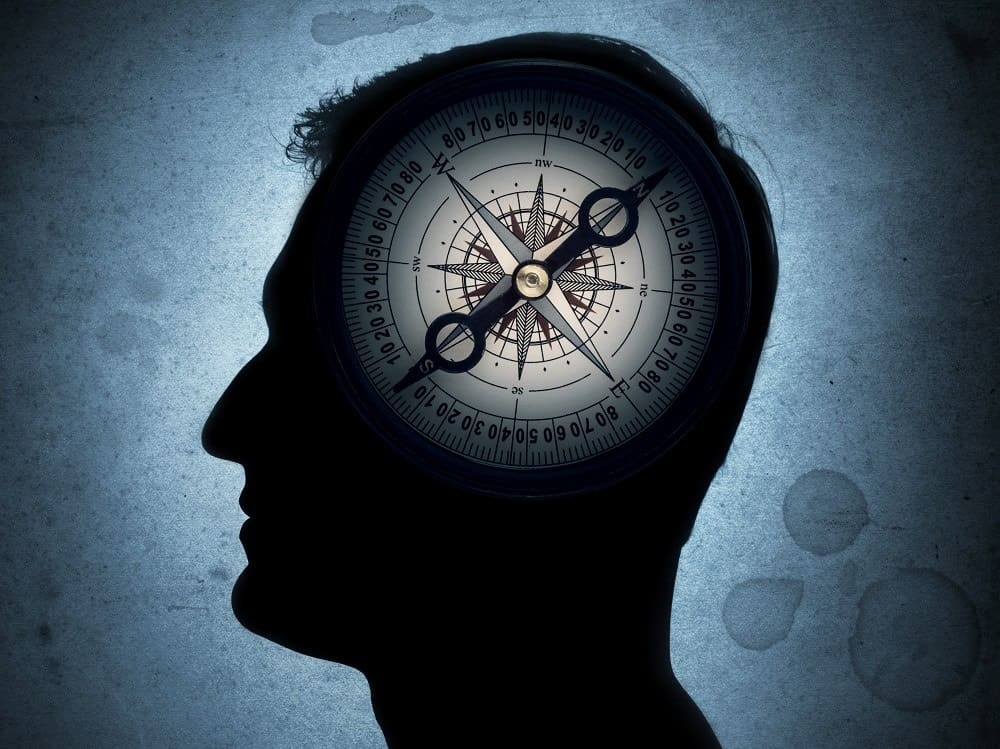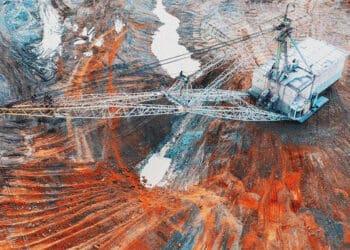Our behavior is influenced by what we see and what we are socialized into doing in the workplace. CLOO’s Andre Pinto explains how exposure to dishonest behavior can change our understanding of what is ethically acceptable and offers some compliance strategies based on these insights.
We tend to think the moral compass is a very personal thing, but the truth is, people around us sway that compass. They have the power to influence our moral judgments, decisions and behaviors – either in a good way or a bad way. So, to understand why we sometimes don’t comply with existing regulations and procedures, we need to understand how others influence our moral compass.
How does that influence happen?
We want to behave in line with what is socially approved, so we seek to determine what the correct thing to do is by finding out what other people think and do, especially when we are more uncertain. Taking this to the morality realm, this means we infer what is moral or immoral by attending to what other people do (i.e., to the descriptive social norms). These norms exert a powerful influence on our behavior in many domains, and morality is no exception.
Indeed, research in the behavioral sciences has shown that exposure to other people’s dishonesty might lead us to be dishonest as well. When we see others cheating, this signals that such behavior is socially acceptable, or at least possible, in that particular context.
Consider a study led by Francesca Gino from Harvard Business School. In one of her experiments, participants had to solve 20 matrices calculations and were paid for each matrix solved. They had five minutes to do so – an unrealistic deadline. In one of the experimental groups, participants could cheat by shredding their matrices sheet and reporting whatever number of solved matrices they wanted. No one would check this. This way, they could earn whatever (undeserved) amount of money they wanted.
One minute after the start of the experiment, a confederate stood up and said he had solved everything – a clear signal of cheating – meaning that he would earn the maximum amount of money. The experimenter said he was free to go. When this confederate was wearing a t-shirt from the university in which the study took place, 24.3 percent of the participants reported solving all the matrices. However, when the confederate was wearing a t-shirt from another university, only 3.6 percent did so.
These results illustrate how seeing another person being dishonest encourages us to do the same, especially when that person belongs to our own group. Importantly, they allude to a critical point:
Our moral compass is malleable, not fixed.
Socializing in Corruption
There is another route whereby social norms pave the way to corruption: organizational socialization. When people join organizations, they look for cues from others to figure out what the appropriate behavior is. Learning from others is per se a sound strategy for newcomers. That’s not the problem. The problem is what they learn. As they are finding the answer to “how things are done around here,” newcomers might encounter unethical practices.
To illustrate this, let us imagine George, a newcomer at the accounting department of his new company. George gets progressively exposed to his colleagues’ ongoing corrupt practices, such as faking the books. At first, George feels apprehensive about this, but he decides to stay in the company, nonetheless.
At the beginning, George might be induced by his colleagues and superiors to perform small unethical acts, such as omitting just a minor and undesirable piece of information in the books. However small, these acts might make George feel uncomfortable with himself. After all, he considers himself an honest person, but he acted otherwise. However, the pro-corruption social norms and rationalizations (“we work hard, we deserve extra money under the table”) provided by his colleagues give George reassurance that he is not doing anything wrong. This psychological shift facilitates the escalation of corruption: Little by little, George might start performing increasingly serious corrupt acts, supported by his group’s social norms and rationalizations.
Likewise, in his semi-autobiographical book, journalist Michael Lewis describes his socialization experience into the sales culture at Salomon Brothers. At that time, newcomers could either fit in by benefiting the bank, without considering clients’ interests, or they could be seen as “fools” by behaving ethically. These options clearly pressed people to go the unethical way in order to fit in.
Perceived Commonness
Besides direct exposure to others’ dishonest behavior, be it through organizational socialization or not, our perception about its prevalence crucially influences our behavior. Consider recent research led by Nils Köbis and his colleagues at the VU University Amsterdam. In one of their experiments, participants were asked to picture themselves as the CEO of a construction company. They were told there was a bridge-building contract, and the highest bid would win that contract. Then, participants could decide whether or not to invite the Minister of Public Affairs to a private vacation, paid by their company. Participants knew this would ensure their company would get the project when other companies made equal bids.
However, before deciding whether or not they would invite the Minister to the vacation, some participants were told almost nobody invites the Minister. Other participants were told otherwise: Almost everybody invites the Minister. Still other participants got no information about other people’s behavior. The results were clear: participants who knew most people engaged in the corrupt behavior were more than twice as likely to invite the Minister as the participants who were told almost no one did so. These findings point to the importance of our beliefs regarding other people’s moral behavior.
Social Strategies to Curb Corruption
The social nature of corruption can make it self-perpetuating, but it also sheds light on what can be done to prevent it or to counteract it.
Quite often, we hold erroneous beliefs about the prevalence of a given behavior; we might think it is more common than it really is. This means we can use social norms as a weapon of (constructive) social influence by providing correct information about the prevalence of positive trends and behaviors. In a recent study, posters stating that based on a corruption barometer, fewer and fewer people paid bribes, participants were led to see corruption as less common than what they thought at the beginning. What’s more, fewer participants were led to accept and offer bribes in a corruption game!
This points to a potentially fruitful strategy to curb corruption: conveying socially meaningful information about the prevalence of corruption in the workplace. However, this must be done with care. If corruption is prevalent, communicating it might well backfire and normalize that undesirable conduct. That means it might lead to an increase in corrupt behaviors.
In addition to communicating positive social norms, organizations can apply another social strategy to curb corruption: promoting internal moral exemplars or referents. One way to achieve this is through the leaders. Legitimate leaders have the authority to prescribe behaviors to other members of the group. This means leaders can act as ethical role models and “social norm builders:” their acts communicate to their subordinates what behavior is appropriate, and in turn, they will probably follow suit, hence “building” social norms.
However, for this social influence to be effective, leaders must first have an exemplary ethical behavior and build a transparent, caring and fair work environment. They must also focus people’s attention on ethical conduct by explicitly communicating its importance in the workplace. Finally, leaders need to reward ethical behavior, to signal its desirability and to punish unethical behavior to discourage their subordinates.
A key principle behind these leadership strategies is consistency. Leaders must be consistent over time and across different situations in their words and acts. If, for example, leaders always talk about the importance of ethics but then act otherwise, they will likely elicit cynicism on the employees’ part, which might well negate ethical standards.
All these social influences we have seen, whether stemming from our colleagues or from our leaders, powerfully steer our moral behavior. Organizations need to closely monitor them and to recognize their crucial importance in shaping employees’ moral behavior.



 André Pinto is a Behavioral Policy Advisor at
André Pinto is a Behavioral Policy Advisor at 






